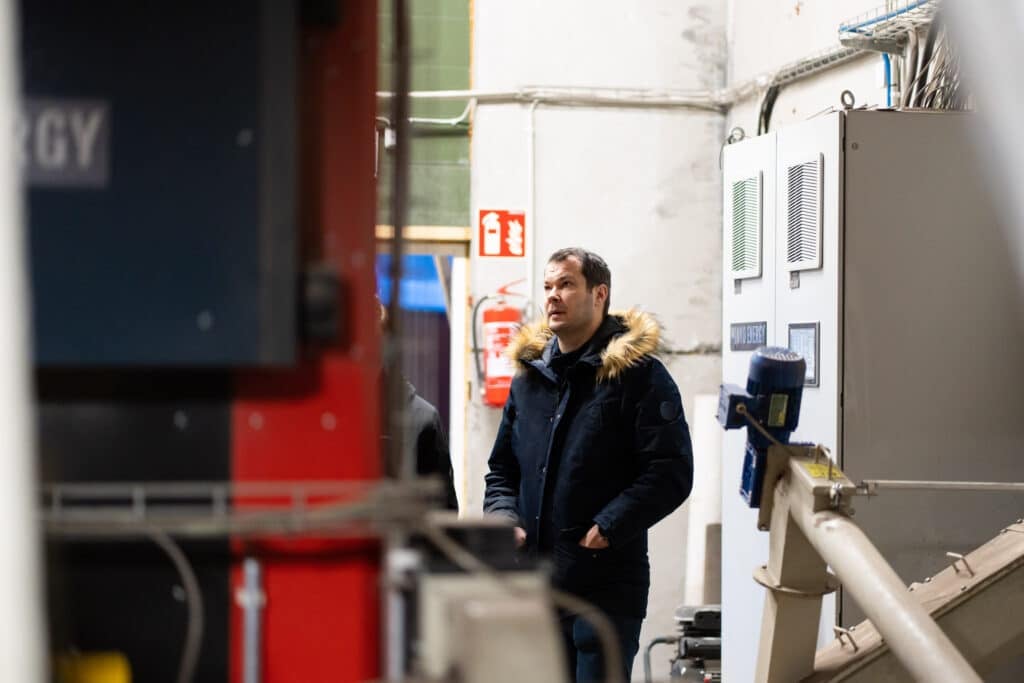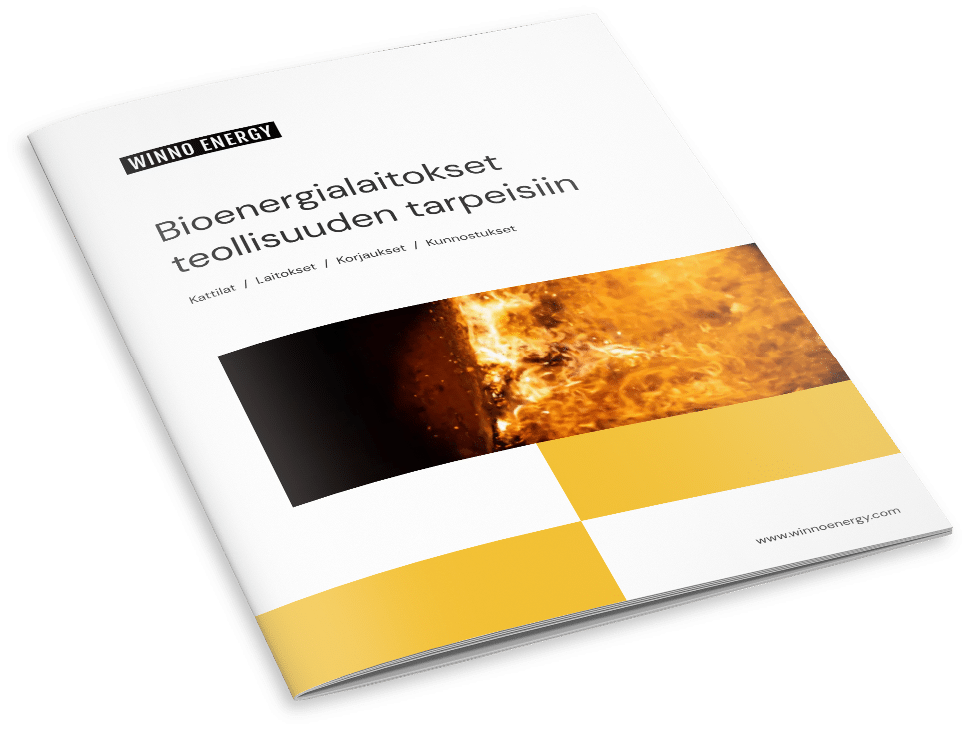Garbage can be a valuable source of energy. Many communities are turning their trash into power using a process called “waste-to-energy”. This helps reduce waste in landfills while providing a sustainable energy source. Let’s explore how this solution turns rubbish into a valuable resource for our energy needs.
What is Trash-to-Energy?
The Basics of Turning Trash into Power
Trash can be turned into power in two main ways. One way is through incineration, where waste is burned at high temperatures to create steam that drives turbines for electricity. Another method is by harnessing methane gas emitted from decomposing organic materials in landfills. There are different types of trash-to-energy plants, including mass burn, refuse-derived fuel, and landfill gas facilities.
This technology has benefits like reducing waste volume in landfills, generating renewable energy, and lessening greenhouse gas emissions. However, challenges include high initial costs, potential air pollution, and the need for proper waste segregation.
Different Types of Trash-to-Energy Plants
There are different types of trash-to-energy plants, each using different technologies for waste conversion.
- Mass burn plants: burn municipal solid waste at high temperatures to produce steam, which drives a turbine to generate electricity.
- Refuse-derived fuel (RDF) plants: process MSW to create a fuel source for combustion, like coal.
- Gasification and pyrolysis plants: use thermal processes to convert waste into a syngas or bio-oil, for power generation or other purposes.
The collection and transportation methods vary depending on the type of waste. Mass burn plants typically require more preprocessing, while RDF plants use mechanical sorting and separation methods.
These plants aim to reduce landfill waste and generate valuable energy resources from what would otherwise be considered waste.
The Process of Making Energy from Trash
Collection and Transportation
The collection and transportation of trash for energy conversion has important considerations. These include the type of waste, distance for transportation, and mode of transportation.
For instance, collecting mixed solid waste might need different equipment compared to organic waste. The distance to the trash-to-energy facility also affects transportation logistics and process efficiency.
Transportation impacts the cost and timeliness of waste delivery for energy conversion. Long-distance transport may lead to higher fuel and maintenance costs, along with potential delays. Innovations like specialized waste collection vehicles and real-time tracking technologies are being used to improve efficiency and reduce non-combustible waste.
Conversion Technologies
Trash-to-energy plants use different technologies to convert waste into energy. These include thermal methods like incineration, gasification, and pyrolysis, as well as biological methods like anaerobic digestion. These processes turn waste into heat, electricity, or fuel.
Using these technologies has benefits such as reducing the amount of waste going to landfills and producing renewable energy. However, challenges like high initial costs, air emissions, and public opposition need to be addressed when implementing these technologies.
Leading countries are working on improving efficiency, reducing emissions, and integrating these technologies into their waste management. In the future, advancements may include better resource recovery, energy production, and stricter environmental regulations for sustainable waste management.
Real Life Trash-to-Energy Examples
Countries Leading in Trash-to-Energy
Some countries leading in trash-to-energy technology are Sweden, Denmark, and Japan. They have invested in modern waste management infrastructure to turn garbage into electricity, heat, and fuel. Sweden converts over half of its household waste into energy, while Denmark operates several waste-to-energy plants. Japan has advanced technology for gasifying and liquefying waste materials, reducing its reliance on landfills.
In the future, these countries aim to increase energy efficiency, decreasegreenhouse gas emissions, and develop new methods for waste sorting and recycling to enhance the trash-to-energy process.
Benefits of Trash-to-Energy
Reduces Landfill Waste
Trash-to-Energy technology turns non-recyclable trash into energy, reducing landfill waste. This helps decrease the volume of waste and extends the lifespan of landfills. It also cuts down on greenhouse gas emissions from decomposing waste, making the environment cleaner.
Challenges associated with this technology include potential air pollution and careful management of toxic byproducts. There’s also the risk of discouraging recycling efforts if Trash-to-Energy is relied on too heavily.
However, with proper regulation and technological advancements, these concerns can be addressed. This will ensure that Trash-to-Energy remains a valuable tool in reducing landfill waste.
Generates Clean Electricity
Trash-to-energy technology turns waste into energy using various processes. This can involve burning waste to create steam and power turbines, or using anaerobic digestion to make biogas from organic waste.
It helps reduce landfill waste and produces electricity for homes and businesses.
It also cuts greenhouse gas emissions and reduces reliance on fossil fuels.
Trash-to-energy provides a consistent source of renewable energy, contributing to a more sustainable energy mix.
However, there are concerns about air emissions from waste incineration and potential toxic byproducts.
Efficient separation of recyclable materials and ongoing public education about waste management are also important challenges.
Recycles Valuable Metals and Materials
Recycling valuable metals and materials has benefits for the environment and the economy. Reusing these resources reduces the need for harmful mining and extraction. It also lessens the amount of waste in landfills, which contributes to pollution.
In terms of the economy, recycling creates jobs in the recycling industry, saves energy, and reduces production costs for manufacturers. Valuable metals and materials like aluminum, copper, steel, and paper can be recycled.
However, there are challenges in recycling due to contamination and the need for advanced technology. Innovations in recycling technologies present an opportunity to address these challenges and improve efficiency.
Challenges and Concerns
Pollution and Emissions
Trash-to-energy plants can be a concern because they might release greenhouse gases and air pollutants. This could also lead to water contamination. Harmful substances like dioxins, heavy metals, and nitrogen oxides can be released, which may harm human health and the environment.
However, there are innovations to address these concerns such as flue gas treatment systems and cleaner-burning technologies. These advancements aim to reduce the release of harmful pollutants into the air and water, and to lessen the environmental impact of trash-to-energy operations.
For example, improved combustion techniques and more efficient emission controls can help minimize the environmental footprint of these facilities. This makes them a more sustainable option for waste management and energy production.
High Costs and Investment
Implementing new trash-to-energy technologies can be expensive. The upfront costs for building and running the necessary infrastructure are significant, which can deter potential investors. However, these facilities can eventually generate clean energy and reduce landfill waste, offering a return on investment. Moreover, advancements in technology can lower operational costs and boost energy production efficiency, making them more appealing to investors.
Despite the initial expenses, investing in trash-to-energy can lead to substantial long-term benefits and returns, making it an attractive option for sustainable and renewable energy investments.
Community Opposition
Trash-to-energy projects can face opposition from the community. People may worry about pollution, noise, and traffic, as well as the impact on property values and public health. This opposition can delay or stop the construction of facilities, raising costs and environmental impact. It also affects local government decisions, regulatory processes, and investor support. Therefore, addressing community concerns is essential for the success of these projects.
Future and Innovations in Trash-to-Energy
Advancements and innovations in trash-to-energy technology are set to transform waste management and power generation.
More efficient waste-to-energy conversion processes and advanced sorting and recycling techniques are being developed. These innovations hold great promise for the future.
Improvements in gasification, pyrolysis, and anaerobic digestion technologies are expected to increase energy production from organic waste materials and reduce the environmental impact of traditional incineration methods.
Implementing stricter emissions standards and increased investment in research and development will be important for developing cleaner and more sustainable trash-to-energy solutions.
Government policies and funding will also play a significant role in promoting further innovation and adoption of these technologies, encouraging partnerships between public and private sectors to accelerate the transition towards a more circular economy and renewable energy future.
Conclusion
“Trash Power: How Energy Comes From Rubbish” explains how waste can be turned into energy. It covers methods like incineration, landfill gas capture, and anaerobic digestion. These technologies help reduce landfill waste and produce electricity and heat for homes and businesses. This sustainable approach to energy is becoming popular as the world looks for alternatives to fossil fuels.
FAQ
What is trash power and how does energy come from rubbish?
Trash power is the process of converting waste materials into energy through methods like incineration, anaerobic digestion, or landfill gas recovery. For example, burning waste in an incinerator generates heat, which can then be used to produce electricity.
What are the different methods used to generate energy from waste?
The different methods used to generate energy from waste include incineration, anaerobic digestion, and landfill gas recovery. Examples include waste-to-energy plants that burn municipal solid waste, anaerobic digestion facilities that generate biogas from organic waste, and landfill gas recovery systems that capture methane emissions for energy production.
What are the environmental benefits of converting trash into energy?
Converting trash into energy reduces the amount of waste sent to landfills, decreasing methane emissions. It also helps decrease reliance on fossil fuels, leading to lower greenhouse gas emissions. For example, in Sweden, waste-to-energy plants supply heating for around 1.2 million homes and electricity for 800,000.
What are the challenges associated with trash-to-energy processes?
The challenges associated with trash-to-energy processes include emissions of air pollutants, such as dioxins and heavy metals, as well as the need for effective waste segregation to ensure efficient energy recovery.
How can individuals or communities contribute to the generation of energy from rubbish?
Individuals and communities can contribute to energy generation from rubbish by participating in recycling programs, composting organic waste, and supporting waste-to-energy facilities. They can also advocate for local policies promoting renewable energy and waste reduction.


